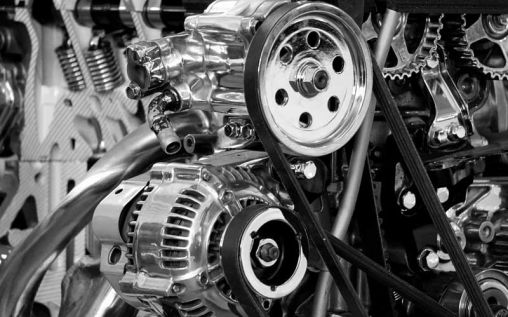Keep a Protective Eye on Your Engine Control Unit And It Will Protect You
Posted by admin at 27 August 2020, at 09 : 06 AM

What’s happening with your car? Is it purring like it ought to or does it feel like something is wrong? The answer may lie with the engine control unit (ECU) and the sensors it monitors throughout your engine.
If the ECU goes out of whack, systems are going to go down. Your car’s reliable responses will become unreliable. Your safety will be in jeopardy. The engine, transmission and emissions system may malfunction to a point beyond repair. That’s how important the ECU really is.
How Important is the Engine Control Unit?
You can think of the ECU as the brain of your car. It regulates four main parts of your car’s system. If any one of these sensors goes bad, you’ll start to have trouble. The ratio of oxygen to fuel could be messed up. Variable valve timing or ignition timing could become erratic and undependable. The transmission could misunderstand what the accelerator is telling it. The problems could pile up as one malfunction leads to another.
What’s the Most Important Sensor?
Mass airflow sensors, oxygen sensors and air-fuel sensors are vital, but the engine speed sensor may be the most important of all. Located on the car’s transmission, it communicates with your engine’s computer to tell the transmission when to shift. The engine speed sensor communicates with the ECU. It calculates the speed at which the wheels are rotating, ultimately determining the speed you are traveling.
Engine speed sensors calculate the gear ratio of the transmission while the car is being driven. Usually there are two speed sensors working together to provide accurate data to the ECU. One is the input shaft speed sensor, and the other is the output shaft speed sensor. If the speedometer in your car isn’t working or there’s a check engine light that accompanies shifting problems, it’s time to call a certified auto repair mechanic.
The function of the input shaft speed sensor is to keep track of the transmission’s input shaft speed. The gears of the transmission allow you to reduce the speed of the wheels so that they are not always going as fast as the engine’s speed. Then the output shaft goes to work because it is linked to the drive wheels and changes speed based on the gear you select.
The output shaft speed sensor detects the speed of the drive wheels and sends this information to the ECU. Together they allow the wheels to rotate at a speed that is manageable while the engine continues to run at a speed that makes it perform efficiently. This would not be possible without your engine speed sensors.
If you think about the roads you drive and the traffic you encounter, you can imagine the danger. The car slows suddenly on the highway. The car speeds up when you are trying to crawl. It loses power as it goes through an intersection.
Even before you notice, the transmission notices. Each slip takes away from the transmission’s viability. Eventually you could wind up replacing the transmission.
In conclusion, regular maintenance is key to watching over the ECU, the engine speed sensor, and the other vital sensors. You always want to catch problems as early as possible and avoid more expensive repairs. By the time the engine light is flashing on the dash, the dominoes may be falling.
